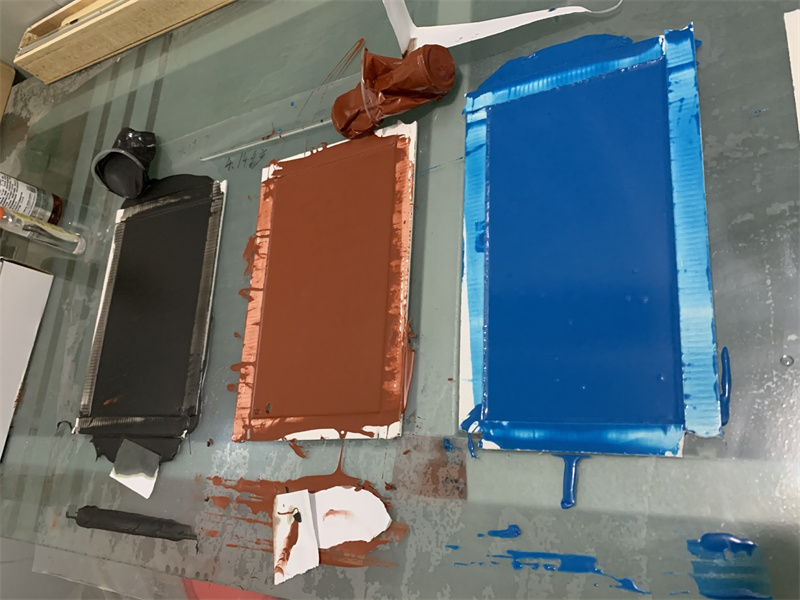In the development process of the waterproof material industry, standards and specifications play a crucial role. Standards and specifications are not only the guarantee for the healthy development of the industry but also an important basis for enterprises to improve product quality and market competitiveness.
The importance of standards and specifications is mainly reflected in the following aspects. Firstly, standards and specifications can unify the technical requirements and quality standards of the industry, avoiding problems such as uneven product quality and chaotic market order. By formulating and implementing strict standards and specifications, enterprises can produce and inspect according to unified standards to ensure that product quality meets requirements. Secondly, standards and specifications can promote technological innovation and industrial upgrading. Standards and specifications often represent the technological development direction and advanced level of the industry. To meet the requirements of standards and specifications, enterprises must continuously carry out technological innovation and improvement, thereby improving product performance and competitiveness. In addition, standards and specifications can also protect the legitimate rights and interests of consumers. When purchasing waterproof materials, consumers can judge the quality and performance of products according to standards and specifications to avoid purchasing unqualified products.
However, currently, the standards and specifications of the waterproof material industry still face some challenges. On the one hand, the formulation and updating of standards and specifications are relatively lagging behind and cannot timely reflect the technological development and market demands of the industry. With the continuous progress of science and technology and the continuous changes in the market, new technologies and products in the waterproof material industry continue to emerge. However, the existing standards and specifications often cannot timely cover these new technologies and products, resulting in a lack of unified quality standards and technical requirements for some new products in the market. On the other hand, the implementation of standards and specifications is insufficient, and there are cases where some enterprises illegally produce and sell unqualified products. To maximize profits, some enterprises violate standards and specifications and produce and sell unqualified products, seriously damaging the interests of consumers and the image of the industry.
To address these challenges, the government, industry associations, and enterprises should work together. The government should strengthen guidance and support for the formulation and updating of standards and specifications, accelerate the speed of formulation and updating, and ensure that standards and specifications can timely reflect the technological development and market demands of the industry. Industry associations should play a bridging and linking role, strengthen communication and collaboration among enterprises, and promote the formulation and implementation of standards and specifications. Enterprises should consciously abide by standards and specifications, strengthen internal management, improve product quality, and establish a good corporate image.



